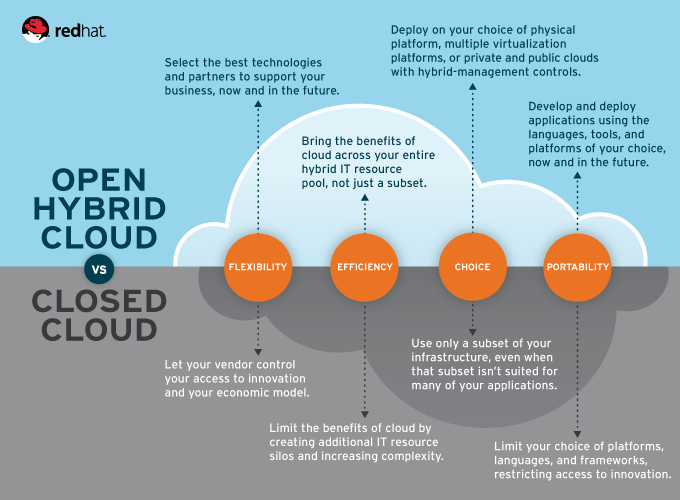The world of open standards is constantly evolving to meet the needs of developers and consumers as the Internet and its related technology continues to evolve. So what does 2014 have in store for open standards? Angel Diaz, Vice President of Open Standards for IBM, shared three key indicators to look out for this year in his post.
1. New Ecosystems: The beauty of interoperability, open standards and open source code is that at the core of each is the necessity of sharing ideas. One business or organization is will not solely rely on employee knowledge and innovation; instead, they form networks and build upon each other’s ideas.
“The power of open standards and innovation is not just having a single vendor or organization or open-source effort thinking of a problem. It’s also about the ecosystem of folks enabled to connect into these things,” Diaz said. “I think you’ll start to see ecosystems expanding, and not just at the technology layers.”
2. Flexibility in Hybrid Environments: Diaz asserts that “hybrid clouds” (a combination of public and private clouds) will become more common. As agencies shift from small-scale applications to mission-centric operations, open standards will allow greater flexibility as opposed to proprietary standards.
3. Cloud Foundry: The next big thing? Diaz predicts Cloud Foundry will be to application deployment in the cloud what OpenStack is for open-source cloud computing platforms. An open platform where users can build, test, deploy and scale applications in the cloud, Cloud Foundry has already developed a sizeable following. ith so many potential applications looking to test the waters of cloud computing, Diaz said Cloud Foundry is sure to receive continued attention, including the government’s. “Open platforms are going to continue to grow in 2014,” Diaz said.
What do you see in store for Open Standards in 2014? Let us know by leaving your comment!

